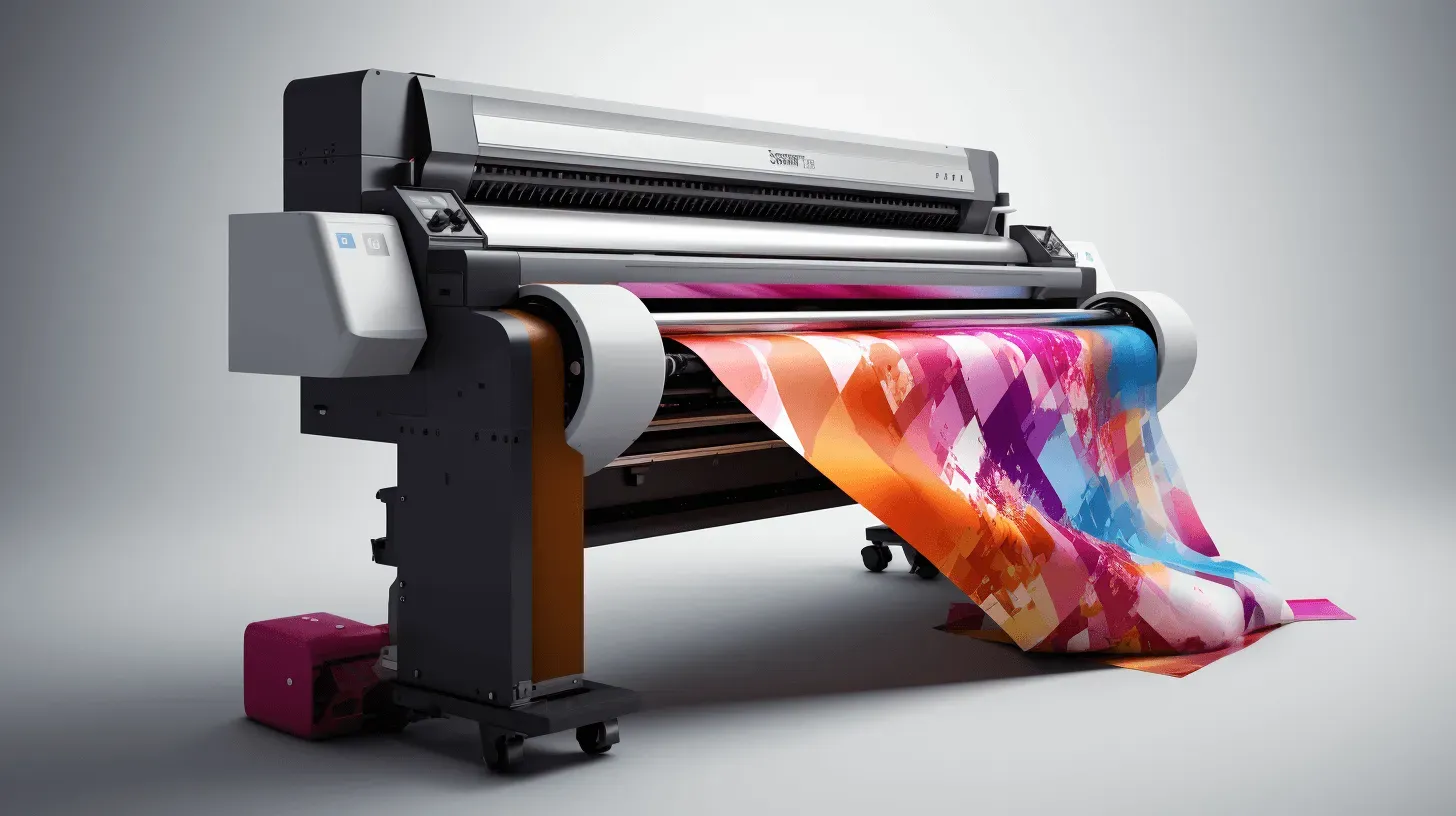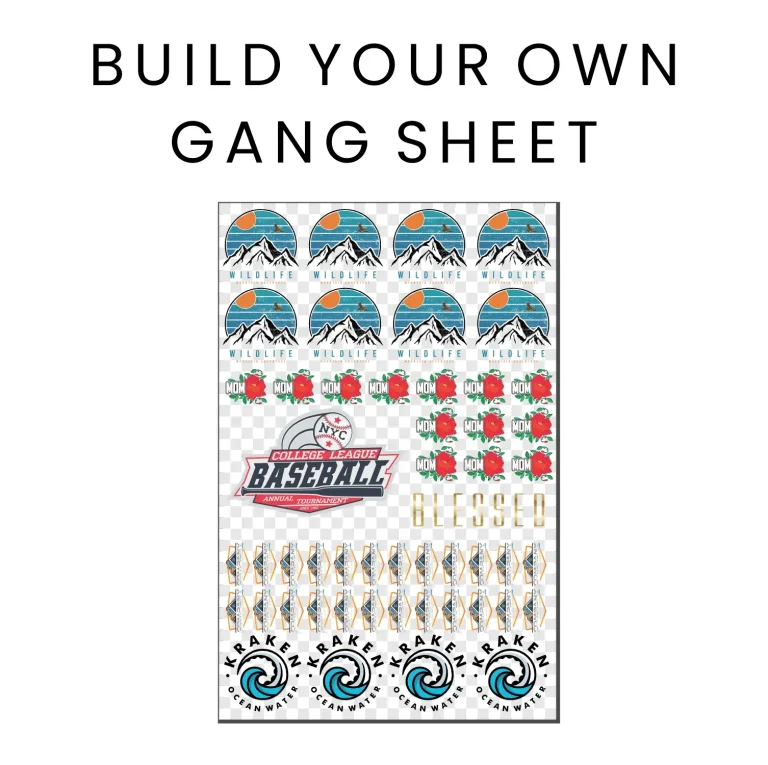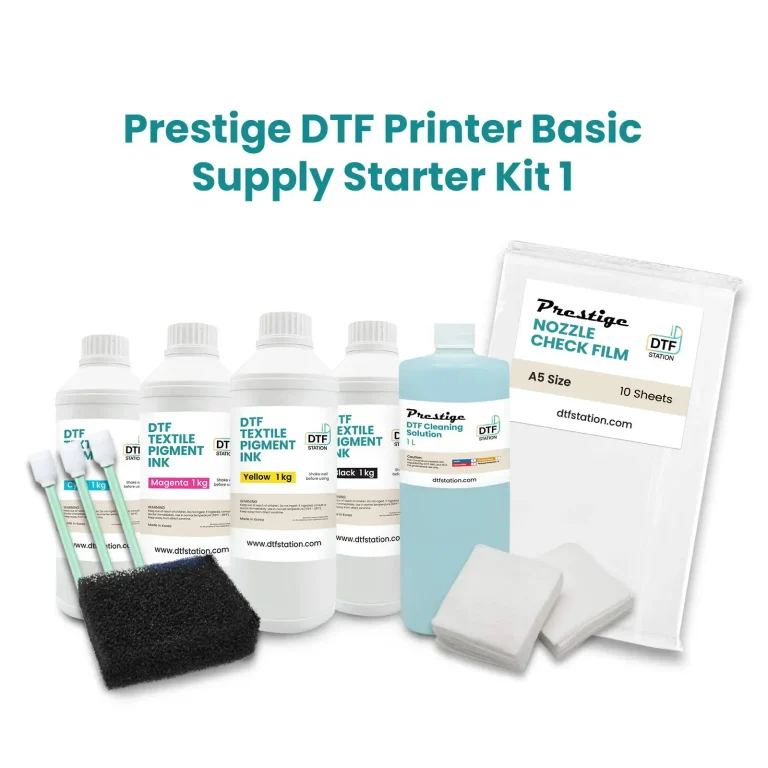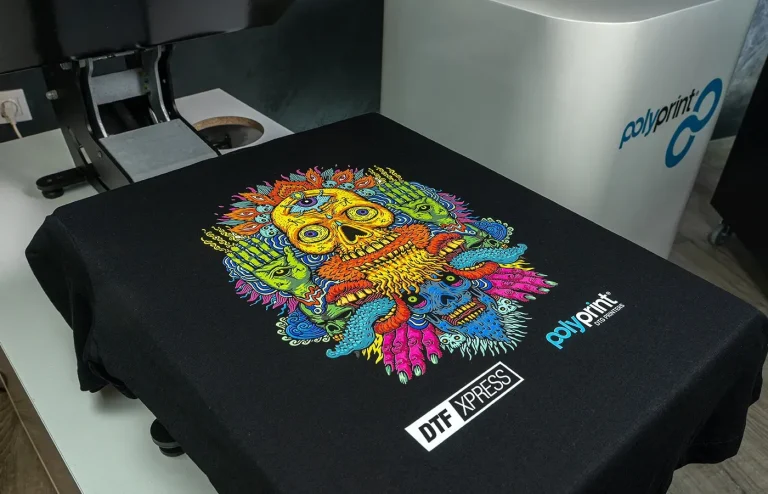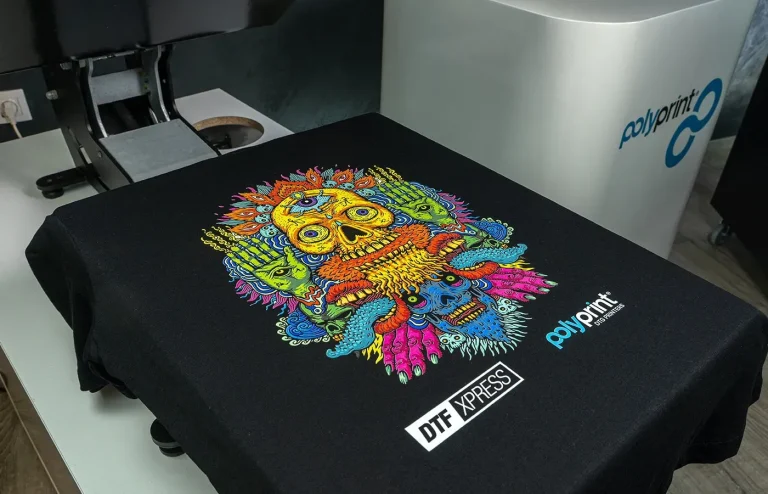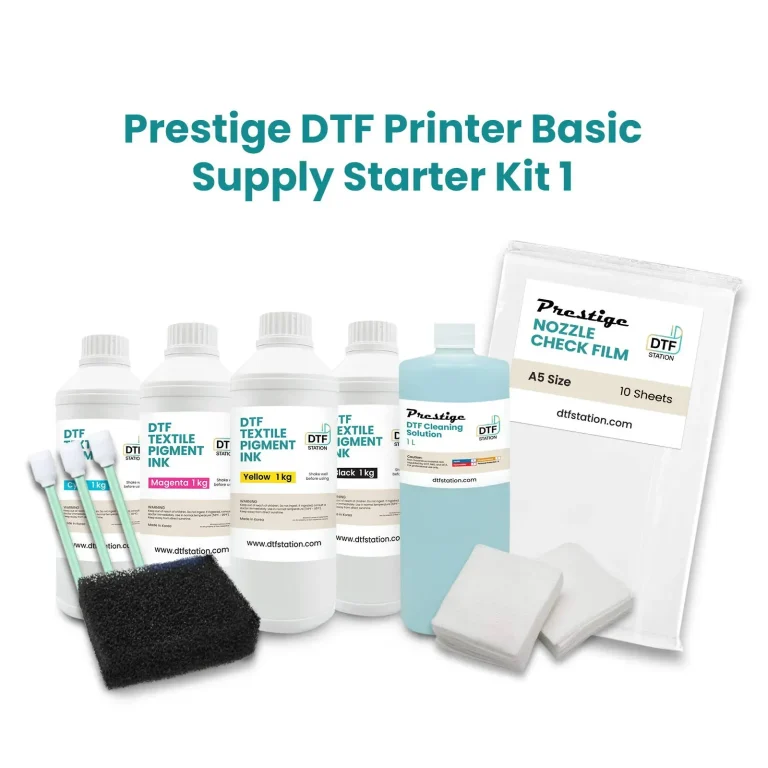DTF printing, or Direct-to-Film printing, is making waves in the garment printing sector by providing an innovative and efficient solution for creating stunning fabric designs. This method harnesses advanced technology to transfer colorful and intricate prints onto a variety of materials, appealing to both small startups and established brands alike. Among the numerous advantages of DTF printing are its versatility across fabric types, cost-effective production capabilities, and the durability of finished products, which retain their vibrant appearance after multiple washes. In this article, we delve into the various DTF printing techniques and explore why this approach stands out compared to traditional methods such as Direct-to-Garment printing. By the end, you’ll understand how DTF printing can elevate your custom apparel projects and help you achieve high-quality results with ease.
Often referred to as Direct-to-Film technology, this innovative printing technique offers distinct benefits when it comes to fabric decoration. With its ability to produce rich, vivid colors and intricate designs, this method quickly becomes a favorite among creators and businesses looking for effective solutions in textile printing. The accessibility and affordability associated with Direct-to-Film processes make it an attractive choice for both small enterprises and larger brands aiming to enhance their product offerings. Additionally, the durability of prints achieved through this technique ensures longevity, making it an ideal method for apparel that can withstand the rigors of wear and washing. As we dive deeper into the world of DTF printing, you will discover the unique advantages and recent developments that solidify its position at the forefront of modern printing technology.
Understanding DTF Printing: The Process Behind the Magic
DTF printing, or Direct-to-Film printing, is a novel approach that simplifies the traditional garment printing workflow. At the heart of this process is the ability to transfer high-resolution images onto a variety of fabrics without the limitations posed by traditional methods. The DTF process begins with printing the design onto a special film using vibrant DTF inks. This unique film acts as a bridge between the design and the fabric, ensuring that prints maintain their vibrancy and detail. Furthermore, after the design is printed, an adhesive powder is applied to the wet ink. This step is essential for achieving a long-lasting bond between the print and the fabric, enabling the final product to withstand numerous washes without fading or cracking.
After the adhesive is applied, the film undergoes a heat curing process that solidifies the bond. This crucial step enhances the durability of prints, making DTF a preferred choice for businesses that prioritize quality. Finally, with the help of a heat press, the design is transferred from the film to the garment. The result is a beautifully detailed print that is ready for everything from casual wear to promotional items. With its streamlined process, DTF printing offers a fast and efficient solution for custom garment creation, making it an attractive option for both small enterprises and large-scale manufacturers.
Advantages of DTF Printing for Businesses
One of the standout advantages of DTF printing is its unmatched versatility across various fabric types. Unlike traditional screen printing, which often requires specific fabric treatments, DTF can be applied to cotton, polyester, and blends seamlessly. This versatility allows businesses to broaden their product offerings, catering to an expansive audience eager for customized apparel—from sports jerseys to chic fashion pieces. Moreover, the rich and vibrant colors produced through DTF printing make it an enticing option for brands that prioritize eye-catching designs that attract consumers.
Another significant benefit of DTF printing is its cost-effectiveness, particularly for small businesses and startups. The technology behind DTF reduces setup costs and material waste, especially in smaller runs where flexibility is essential. With DTF, businesses can produce multi-colored designs without incurring hefty costs. This makes DTF ideal for custom orders where the quantity isn’t high. As the demand for unique, personalized products surges, DTF printing presents itself as an economically viable solution that can keep up with customer preferences.
DTF Printing Techniques Explained
The techniques used in DTF printing are integral to its success and popularity in the marketplace. The process begins with specialized DTF inks that are designed to bond effectively with various fabrics. Unlike Direct-to-Garment printing, which can struggle with certain fabric types, DTF printing excels across a broader range. The printing process requires precision, where the inks are applied directly onto a plastic film—a critical step that sets the stage for a successful transfer.
After the design is printed, a unique adhesive powder is applied to the wet ink. This powder is specially formulated to ensure a strong bond between the printed image and the fabric after heat application. The heat curing step solidifies this bond, while also enhancing the durability of prints, making them resistant to fading and wear. Ultimately, DTF printing techniques combine precision and innovation, resulting in high-quality products that stand the test of time and consumer scrutiny.
Cost-Effectiveness of DTF Printing for Various Runs
Cost-effectiveness is a significant factor driving the adoption of DTF printing in the garment industry. Unlike traditional methods requiring high initial investments in equipment and materials, DTF printing offers a more accessible entry point for new businesses. This affordability extends not only to the printing process but also to materials and inks, which have become increasingly economical without sacrificing quality. Thanks to its ability to handle both small and large production runs efficiently, DTF printing can help businesses scale their operations effectively.
Furthermore, the reduction in wasted materials during production means that companies can focus on maximizing their profits. DTF printing’s capability to create complex, multi-colored designs without incurring additional costs from setup or tooling further enhances its economical appeal. Over time, businesses that invest in DTF printing can expect to see a notable return on their investment, making it a wise choice in today’s competitive marketplace.
Durability of Fabric Prints with DTF Technology
One of the primary concerns for businesses venturing into custom garment printing is the longevity of their designs. DTF printing stands out due to its exceptional durability, ensuring that products maintain their quality despite regular wear and frequent laundering. The DTF process involves curing inks and adhesives with heat, which creates a robust bond that resists fading, cracking, and peeling. This durability means that customers can enjoy their garments for a more extended period, enhancing overall satisfaction and the potential for repeat business.
In comparison to other printing techniques, DTF printing delivers results that can withstand the rigors of everyday life. The vibrant colors remain intact through numerous washes, making DTF printed fabrics an attractive option for both consumers and retailers focused on quality. Businesses can confidently market their apparel knowing that the longevity of the print enhances their reputation and encourages customer loyalty.
Innovations Shaping the Future of DTF Printing
The evolution of DTF printing technology continues to pave the way for innovations that enhance efficiency and creativity in the garment printing sector. Recent advancements include improved printer models that boast enhanced speed and reliability, enabling businesses to meet increasing demand without compromising quality. These innovations in hardware are complemented by the development of advanced ink formulations designed to optimize adhesion across various fabric types—pushing the boundaries of what DTF can achieve.
Additionally, there has been a drive toward sustainability within the DTF printing process. As consumer awareness of environmental issues grows, many brands are exploring eco-friendly inks and sustainable adhesive powders that reduce the environmental impact of printing. This trend not only satisfies consumer demand for greener options but also positions businesses as responsible choices in the marketplace, thus enhancing brand loyalty and market competitiveness in a rapidly evolving industry.
Frequently Asked Questions
What is DTF printing and how does it differ from other printing methods?
DTF printing, or Direct-to-Film printing, is a revolutionary technique that transfers designs onto fabric using a specialized plastic film. Unlike other methods like DTG (Direct-to-Garment) printing, DTF printing uses a combination of heat, adhesive powder, and film, enabling it to print on a wider variety of materials including cotton and polyester.
What are the advantages of DTF printing compared to traditional screen printing?
The advantages of DTF printing include its cost-effective printing capabilities, versatility across different fabric types, and the ability to produce rich and vibrant colors. It also offers durability, maintaining print quality through multiple washes, making it a strong alternative to traditional screen printing.
How does the DTF printing process work?
The DTF printing process involves several key steps: First, a design is printed onto a plastic film with DTF inks. An adhesive powder is then applied to the wet ink, followed by heat curing to bond the ink and adhesive. Finally, the film is heat-pressed onto the garment, resulting in a vibrant and durable print.
Is DTF printing a cost-effective option for small businesses?
Yes, DTF printing is a cost-effective printing solution for small businesses. Its ability to handle small runs and complex designs without high setup costs allows businesses to minimize waste and lower production expenses compared to traditional printing methods.
What types of fabrics can be used with DTF printing?
DTF printing is known for its versatility and can be used on a wide range of fabrics, including cotton, polyester, blends, and more. This flexibility makes it an excellent choice for printing on various garments, from t-shirts to hoodies.
How durable are the prints produced by DTF printing?
Prints produced by DTF printing are highly durable, capable of withstanding multiple washes without significant fading or cracking. This durability ensures that designs remain intact and vibrant over time, contributing to customer satisfaction.
| Key Points | Details |
|---|---|
| Introduction to DTF Printing | DTF printing revolutionizes garment printing with its unique process and versatility, allowing high-quality prints on various fabrics. |
| What is DTF Printing? | A process that transfers designs using a plastic film intermediary, starting with DTF inks and an adhesive powder, followed by heat application to bond the design to the fabric. |
| Advantages of DTF Printing | 1. Versatility across fabric types. 2. Rich and vibrant colors. 3. Cost-effective for small and large runs. 4. Durable and long-lasting prints. 5. Accessible for small businesses. |
| Techniques Used | 1. Printing process with DTF inks. 2. Application of adhesive powder. 3. Heat curing. 4. Transfer to garment using heat press. 5. Peeling for finishing. |
| Recent Developments | 1. Improved printer efficiency. 2. Enhanced ink formulations. 3. Innovations in adhesive powders. 4. Sustainable and eco-friendly practices. |
Summary
DTF printing is a cutting-edge method that is reshaping the landscape of the textile printing industry. It offers a multitude of benefits, such as its versatility in fabric applications, ability to produce vibrant colors, and cost-effectiveness for varying production scales. By embracing DTF printing, businesses can achieve high-quality results with durability and appealing designs, satisfying modern consumer demands. As technology continues to advance, DTF printing techniques will evolve, solidifying its place as a preferable option for both new and established printing enterprises.

